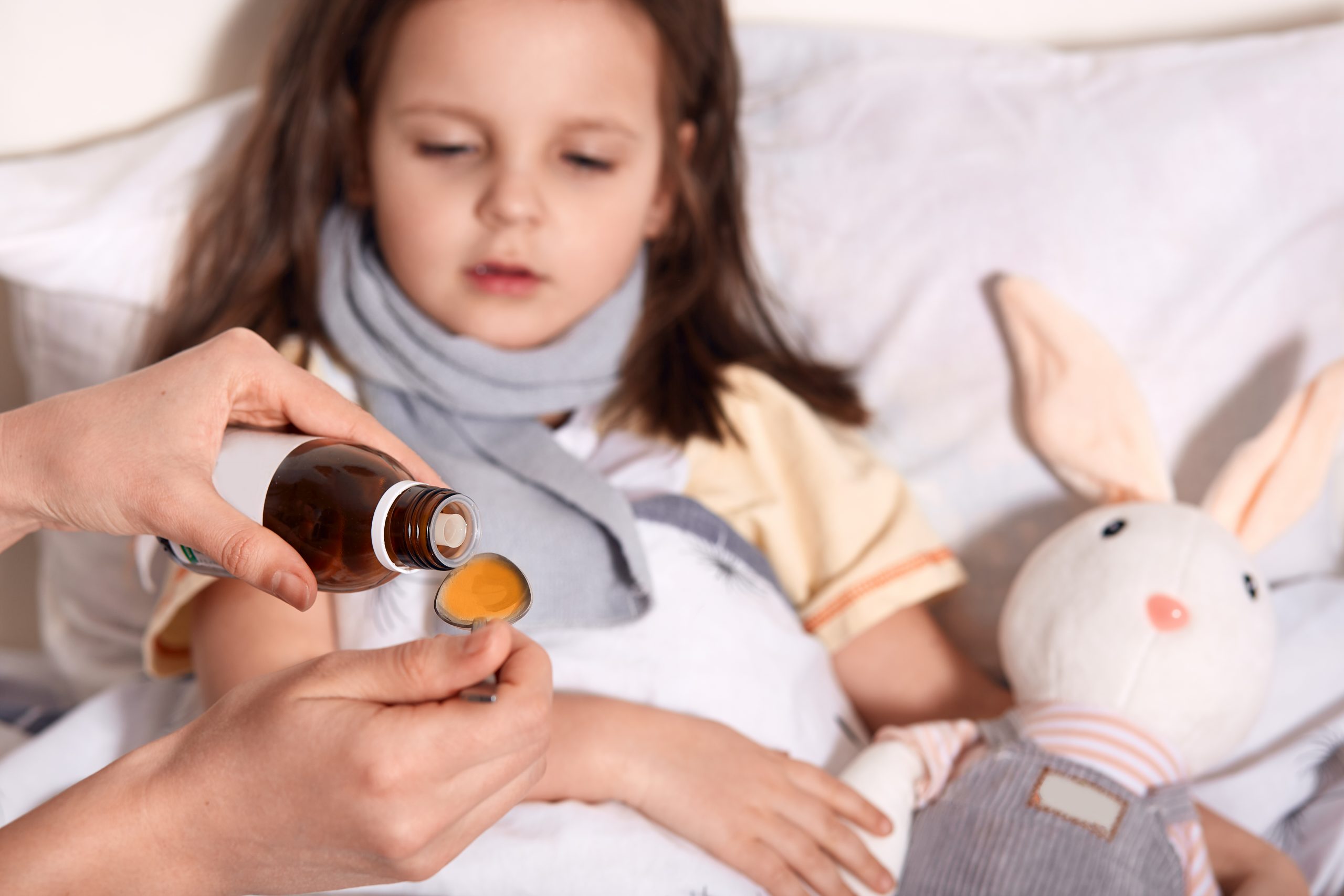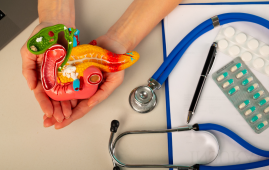

Researchers from the University of Pennsylvania’s Perelman School of Medicine, Children’s Hospital of Philadelphia, and the University of Pittsburgh School of Medicine, Children’s Hospital of Pittsburgh of UPMC, Pennsylvania, investigated the efficacy of short-course vs. standard-course therapy for children with urinary tract infections (UTI).
In a report, “Short-Course Therapy for Urinary Tract Infections in Children—The SCOUT Randomized Clinical Trial,” published inJAMA Pediatrics, 20 researchers detail the outcome of a randomized clinical trial of 664 children.
Adults with a urinary tract infection (UTI) often receive a brief course of antibiotics (three to seven days). The American Academy of Pediatrics UTI recommendations recommend longer durations of antibiotic therapy for children under the age of 24 months. The SCOUT randomized clinical trial sought to evaluate if children who improved five days after beginning antimicrobial medication might be discharged from treatment.
In the experiment, children allocated to standard-course therapy had lower rates of treatment failure than children assigned to short-course therapy, although both treatment groups had low failure rates.
The primary outcome analysis comprised 664 randomized children (median age, four years). Two (0.6%) of the 328 patients allocated to the standard-course did not respond to treatment. 14 (4.2%) of the 336 people allocated to the short course reported treatment failure.
Short-course medication increased the likelihood of asymptomatic bacteriuria or a positive urine culture at or by the first follow-up appointment 11 to 14 days later. The significance of this discovery was unknown to researchers. There were no changes in rates of UTI after the first follow-up visit, incidence of adverse events, or gastrointestinal colonization with resistant organisms across groups.
According to the trial findings, children who received standard-course therapy had lower treatment failure rates than children who received short-course therapy. While the conventional course performed better, the difference was statistically significant by just 5%. According to the research team’s post-hoc analysis, short-course therapy may be a viable alternative for children who show clinical improvement after five days of antimicrobial treatment.
more recommended stories
 36-Week Pre-eclampsia Screening May Reduce Term Risk
36-Week Pre-eclampsia Screening May Reduce Term RiskA New Preventive Strategy for Term.
 Cardiovascular Risk and Sudden Cardiac Death in Diabetes
Cardiovascular Risk and Sudden Cardiac Death in DiabetesRising Sudden Cardiac Death (SCD) Risk.
 Poor Kidney Function and Alzheimer’s Biomarkers Explained
Poor Kidney Function and Alzheimer’s Biomarkers ExplainedPoor kidney function may influence levels.
 Walking Speed Before Hip Replacement Predicts Recovery
Walking Speed Before Hip Replacement Predicts RecoveryNew Evidence Points to a Simple,.
 Neuroblastoma Drug Combo Extends Survival in Models
Neuroblastoma Drug Combo Extends Survival in ModelsA Promising Shift in High-Risk Neuroblastoma.
 How Soybean Oil Impacts Weight Gain and Metabolism
How Soybean Oil Impacts Weight Gain and MetabolismWhy Soybean Oil May Affect Metabolism.
 Coffee and Cognitive Function: Evidence Review
Coffee and Cognitive Function: Evidence ReviewA new narrative review in Cureus.
 Colorectal Cancer Screening Rates Low in Adults 45–49
Colorectal Cancer Screening Rates Low in Adults 45–49Recent UCLA research reveals that colorectal.
 Gut Immune Cells and Long-Lasting Antiviral Protection.
Gut Immune Cells and Long-Lasting Antiviral Protection.Breakthrough Findings on How Gut Immune.
 Mild Pancreatic Duct Dilatation Signals Higher Cancer Risk
Mild Pancreatic Duct Dilatation Signals Higher Cancer RiskEarly Structural Changes Offer Critical Clues.

Leave a Comment